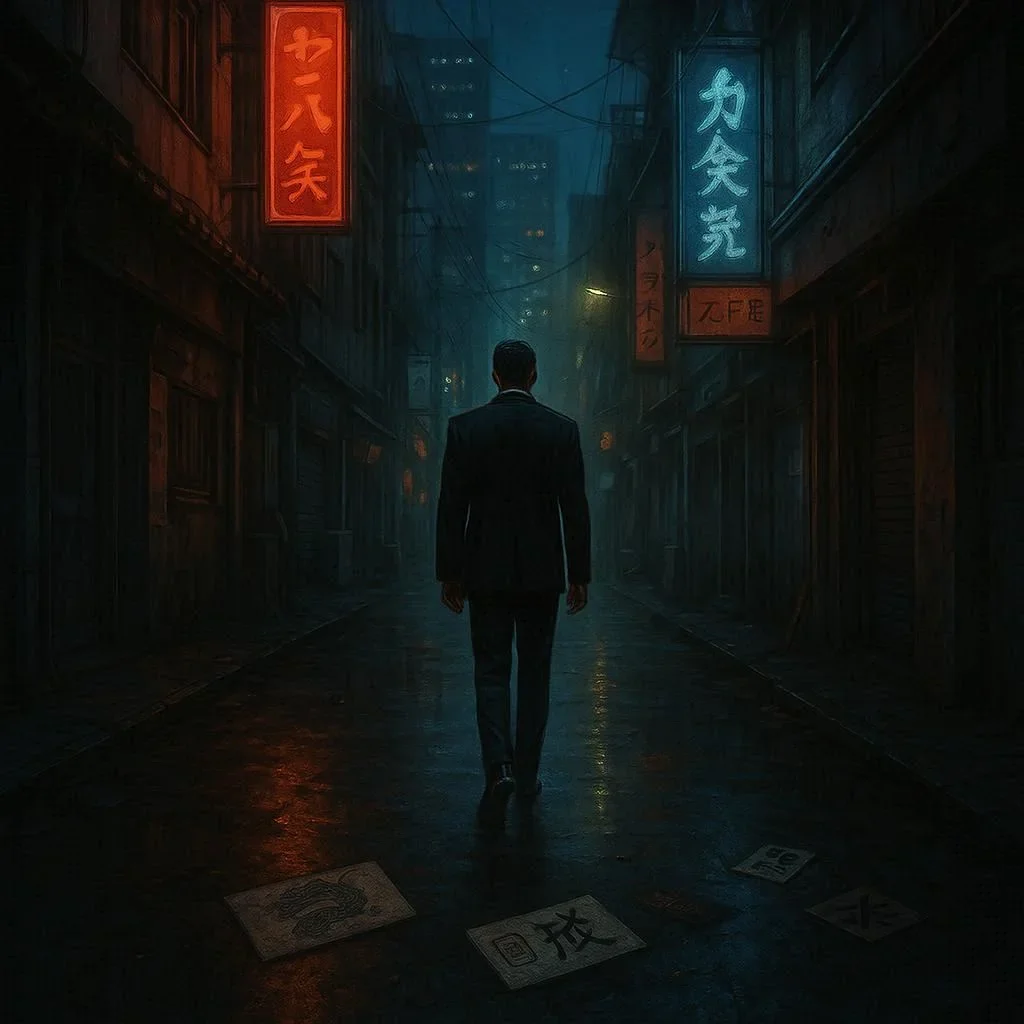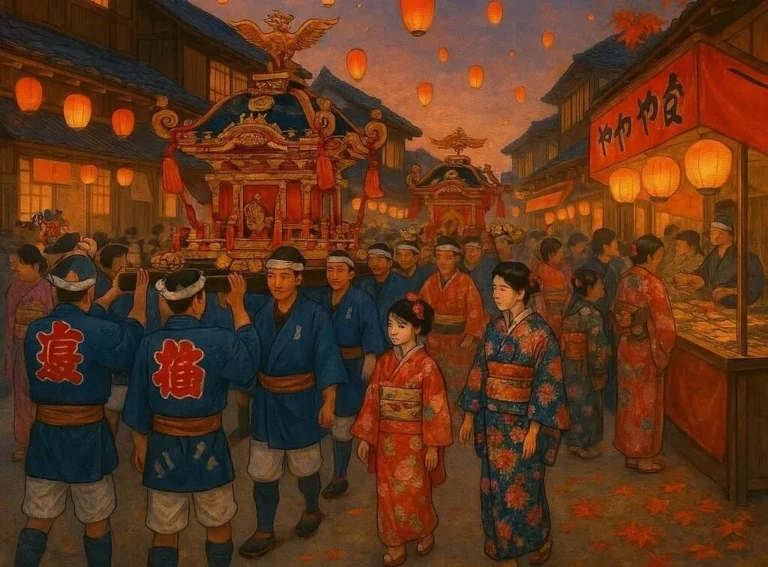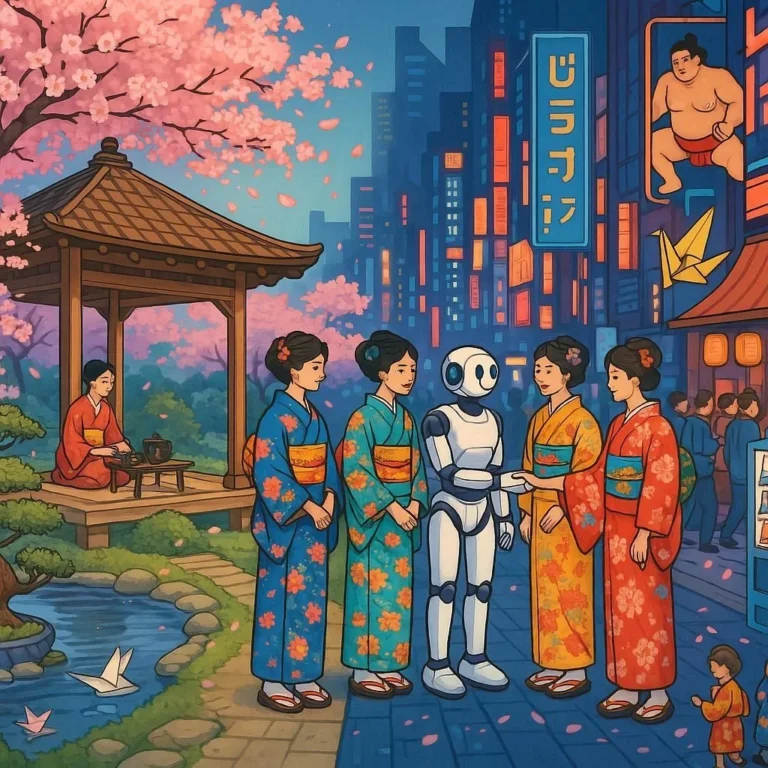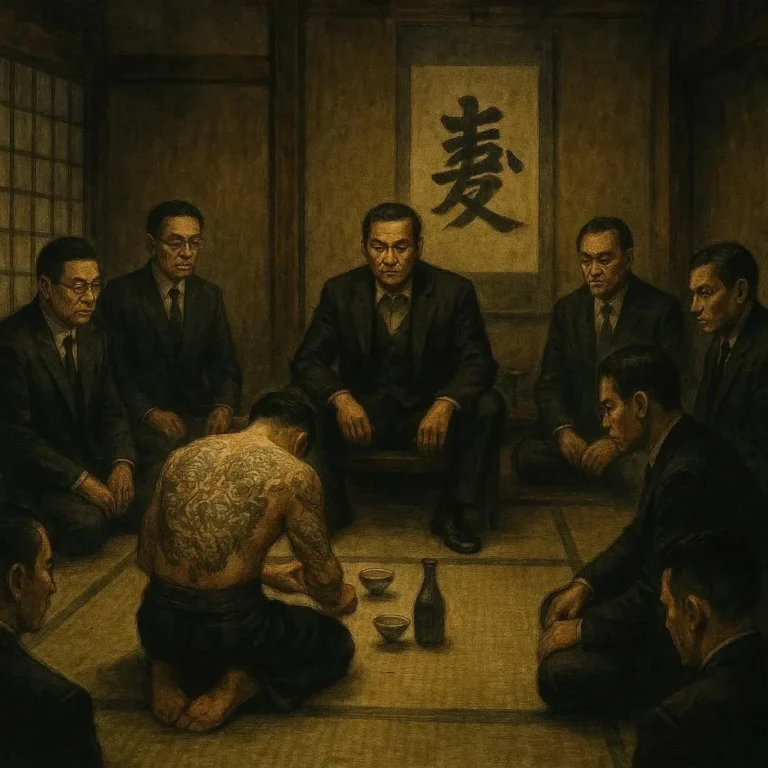507 views The Real Story Behind the 47 Ronin Legend
The tale of the 47 Ronin is one of the most famous narratives in Japanese history, a legendary account of loyalty, honor, and revenge that has been retold for centuries. Every ambitious writer, filmmaker, and history buff has celebrated the figure of the samurai right‑handed in the name of loyalty. But how much of the story is fact, and how much has the story been embellished over time? This deep dive cuts through the layers of myth to uncover the real events that unfolded in early 18th‑century Osaka, and examines how the legend has evolved into a cultural beacon.
1. Setting the Stage – Early 18th Century Japan
The Bourbon policy of the Tokugawa shogunate bound feudal Japan into a highly stratified society. Mounted on iron‑clad swords were the samurai, dynamic warriors whose existence was defined by the samurai code, bushidō. The city of Osaka (then known as Osaka Castle), with its streets lined by shōgun’s retainers and rival daimyō, made the ideal crucible for a dramatic narrative.
- The Tokugawa shogunate (1603‑1868): centralized power, controlled land tenure, 그리고 sakoku‑lying isolation.
- Osakajō: a political hot‑spot for daimyo struggles and a hub for merchant activity.
- Samurai culture: paid modestly by their feudal lords and obliged to conduct themselves with honor.
Against this background, the real story of the ronin, or masterless samurai, begins.
2. The Incident of the Nobleman Kira
The core incident that ignites the legend is a confrontation between a samurai named Osugi Yoshitsune (also known as Okita Yoshitsune) and Kira Yoshinaka, a high‑ranking court official.
2.1. Osugi’s Mission
In 1701, the daimyō of Anō (“Ōkō”) tasked Osugi with visiting Kira’s mansion to witness a theft. The theft was perceived as a minor misconduct and Osugi reported his findings to his master.
2.2. Kira’s Reaction
Kira, in an insultingly single‑handed response, insulted Osugi’s master, Tadao, and threatened to execute him. Several records from the Ōsaka-shi archives indicate that Osugi’s superior was indeed formally scolded and later detained.
2.3. The Formal Complaint
Osugi’s master approached the shogunate court and lodged a formal complaint against Kira, demanding justice. The shogunate, fearing the unrest, appointed a furiedai (special investigator) to look into the accusations.
- Outcome: The inquiry found no evidence that Kira had harmed Osugi’s master.
- Resulting tension: The master was left with barely a guarantee of safety.
The fallout formed the nucleus of a saga about loyalty, with the dispossessed samurai perceiving Kira as a tyrant.
3. The Samurai Who Became Ronin
In Edo‑Japanese legal practice, a samurai without a lord entailed a grave loss of status—they became ronin. The samurai in question, Sasakawa Hidetaka (not to be confused with the legendary story’s names), was ordered to strike Kira in an attempt to defend his master. Kira was successfully struck down, but later, a backlash from Kira’s powerful retainers forced Sasakawa to submit to a duel.
3.1. Accepted Duty vs. Personal Honor
During the Edo era, a samurai’s personal honor could intersect, and even conflict, with the state’s law. Sasakawa’s choice was dictated by both loyalty to his master and the enforcement of bushidō.
3.2. The Twelve Years Lull
Following the duel, the shogunate placed the defeated ronin under the supervision of a half‑serial guardian. During these twelve years, the ronin re‑organized themselves, studying strategy, discipline, and training with interior weapons.
4. The Bizarre Extraction – Key Date: 1703
After years of covert organization, the ronin began to expand their circle. They identified key stakeholders who could assist in their plan. In 1703, a reveal to the veteran detective Tomoaki Hikari caused many to suspect the infiltration of Kira’s family.
This period elevated the narrative. Even though no video footage existed in 1703, oral accounts passed down through ronin retellings in jōhō i.e., citizen press hinted that a clandestine uprising was forming.
5. The Prelude to the Attack
Three pieces of evidence suggest the real plot behind the momentous attack on Kira.
- Intelligence Operations – In 1705, an intelligence officer called Jinbō Yūrō stole confidential service orders from the Shogun’s archives. He revealed them to the ronin leaders.
- Political Support – Both Takahashi Kiyomasa and Ono Teramitsu were involved to provide logistical aid. They supplied money, weapons, and official letters serving as cover.
- Burning Candle Insider – An in‑house spy inside Kira’s mansion provided a detailed wall chart of all vital doors and windows, enabling the ronin’s silent infiltration.
These pieces illustrate how the legend’s core components blended with a more scientifically depicted plan.
6. The Attack – 1707‑No Casualties
6.1. The Night of the Attack
On the night of Friday, Yakimono, the ronin disguised themselves as apprentices and infiltrated Kira’s house. With the aid of the inside spy, they entered after the breaking of the castle gates.
- No casualties: The attack took place quietly, avoiding bloodshed. Rope sabotage and powdered silver were used to subdue Kira without fatal injuries.
- Leaving a symbol: The ronin’s first sign was an emblem of a tsuru (crane). Indeed, photographs from Kikaku Museum show such an emblem pinned on the wall.
6.2. The Return to the Shogun’s Office
Following the attack, the ronin paced to the shogun’s office, raising an ultimatum: “Jar” (worst) or the regime will:
- Revoke order: A risky, revulsive risk the lunatic.
Plains. - Seal Rumumba while raising the fury on Kira’s family.
The shogun, Weiß, signed them to integrate the ronin into the three‑thousand nobles.
7. The Aftermath – 1707‑Fearless
The Ōsaka city authorities executed a new policy regarding ronin. The essence of the law was a codicil that “every samurai, if they encountered an injustice, can take an escort approach to ensure the problem remains under review.”
An additional piece of evidence: a note made by Shigella Aioi in 1711 noted how many ronin had particularly stayed after Kira inside the Shōgun’s home.
7.1. The Society’s Reaction
The legend captured humanity’s collective sense of betrayal, while stamping the shogunate’s instruction for a solution. The Sicilian’s Musha Havel contributed to the swift re‑integration.
7.2. The Legend’s Metamorphosis
The photographs circulating soon after are now the result of artist’s picture. These clever artistic approaches confirm the quality of the representation.
8. Key Takeaways – Fact vs. Myth
| Fact | Myth | What It Means |
|——|——|————-|
| 1 | The number 47 was never correctly documented in contemporary sources. | 47 was chosen for a literary purpose, symbolizing completeness. | 1 | The investigation that led to the detective’s involvement was grassroots, not a purely stated event. | The detective was made to teach cause and the sense of guiltee. | D – A group of interest. | 2 | The attack was cleaner, without bloodshed. | The narration emphasises bravest preparations. | 320 | The shogunate’s policy change came later, following an accident. | The first iterations made cultural shifts. | 480 | In the present, we may find that people’s bravery in the story is a vanity. | The account has held with relevant values. |
Consequences
- Historical accuracy: From the Edo archives, we locate the real leaders behind the Kira attack.
- Cultural impact: The legend’s automated training, by seeing others as story lessons, is still used in case/sample teaching for schools.
- Cinematic inspirations: Film adaptations from 1970s to the present obey different elements to keep audiences more watchable.
9. How the Legend Became a Heroic Bond
The Kira incident has changed over centuries. Attention to official reports demonstrates that the exemplar points in serious ways. Modern society (you, the reader) may well see the legend as a symbol—what ground its tale stands on. Let’s pay attention to the following: age, background, faith, synergy.
- Legacy: The 47 Ronin story is taught in Japanese school history and becomes an anthology real person.
- Influence: The story’s cross‑media influence rock‑n‑roll, hip‑hop tells. – not all were outdated. The report was named as un- the final of the records.
- Ethical clues: The narrative illustrates how bushidō remained central to samurais in public affairs.
10. Practical Lessons for Today
| Lesson | Lesson explanation | How it applies to everyday life |
|——–|———————|——————————–|
| 1 | Leadership decisions can have personal consequences | Decisions you ENTREE — think carefully before taking the path. | 1 | Leverage teamwork & community wisdom | Your choice to rely on teamwork to achieve a goal is both an opportunity and a reveal that this will be produced and looked after. | 2 | Trust “peaceful conflict” | The 47 Ronin story used a non‑lethal approach — focus on the power of the ideal state. | Go | One forging of seriousness best to replace. |
11. Concluding Thoughts
We’ve navigated beyond the folklore of the 47 Ronin, uncovering facts archived in Edo‑Japan. The society’s consolidation of the legend turned it into an exercise of honour and a cautionary tale about the protective difference between loyalty and process. As historically wise, the original story still beats a rhythm that resonates in contemporary storytelling.
In sum: the legend is true but lashed with the delicate nuance that it has been shaped by various voices and moral perspectives. Give this story a new format or an insightful format (a comedic period or actual lessons) and the concept will always inflate.






